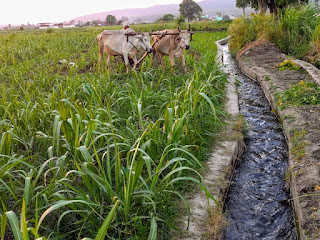Between the Cup and the Lip

source The acquisition of the Doon Valley by the British as a result of the Anglo-Gorkha War of 1814-15 opened up a Pandora’s Box for them. They not only got possession of a region that was in many ways unsurpassed in natural charms with a climate that was salubrious and congenial to the European constitution, but also opportunities opened for a range of profitable ventures. Of the many cultural preferences that the British had, for long enjoyed and also bequeathed as a pleasant legacy, was tea drinking – the virtues of which were extolled by Cooley Cibber, the poet: “Tea! Thou soft, thou sober, sage, and venerable liquid,… thou female tongue-running, smile-smoothing, heart-opening, wind-tippling cordial, to whose glorious insipidity I owe the happiest moment of my life, let me fall prostrate.” Not surprising, the benefits of tea were lauded by the Chinese philosopher Lo Yu: “Tea tempers the spirits, harmonises, prevents drowsiness, lightens and refreshes the body and clears the percep...









